

Articles
What Is A Thermopile In A Gas Fireplace
Modified: August 22, 2024
Learn more about thermopiles in gas fireplaces and how they work. Read our informative articles on thermopiles and discover their importance in gas fireplace operation.
(Many of the links in this article redirect to a specific reviewed product. Your purchase of these products through affiliate links helps to generate commission for Storables.com, at no extra cost. Learn more)
Introduction
Gas fireplaces have become a popular choice for homeowners who want the warmth and ambiance of a traditional fireplace without the hassle and mess of wood-burning alternatives. These modern marvels offer convenience, efficiency, and style. One crucial component that ensures the safe and reliable operation of gas fireplaces is the thermopile.
In this article, we will take a closer look at what exactly a thermopile is, how it functions, and why it plays a crucial role in the operation of gas fireplaces. We will also discuss common issues that can arise with thermopiles and provide some maintenance and troubleshooting tips to keep your gas fireplace running smoothly.
So, whether you are a proud gas fireplace owner or considering installing one, read on to discover the importance of the thermopile in this remarkable heating appliance.
Key Takeaways:
- The thermopile is a crucial component in gas fireplaces, providing the voltage for pilot light ignition, ensuring safety, and enabling continuous operation, making it essential for the efficient and reliable performance of the appliance.
- Regular maintenance and troubleshooting of the thermopile, including cleaning, checking connections, and verifying the pilot light flame, are vital for ensuring the proper functioning and longevity of gas fireplaces, allowing homeowners to enjoy their warmth and beauty with peace of mind.
Read more: What Is A Gas Fireplace
Overview of Gas Fireplaces
Gas fireplaces have gained popularity in recent years due to their convenience, cleanliness, and energy efficiency. Unlike traditional wood-burning fireplaces, gas fireplaces use natural gas or propane as a fuel source, which eliminates the need for stocking and hauling firewood.
Gas fireplaces provide instant warmth with just the flick of a switch or the push of a button. They don’t require a chimney or flue, making them suitable for a wide range of homes, including apartments and condos. With sleek and modern designs, gas fireplaces also add an aesthetic appeal to any living space.
These fireplaces work by burning the gas fuel and venting the combustion gases outside through a direct vent or by using a vent-free system. The combustion process is controlled by a gas valve and can be easily adjusted to regulate the heat output.
One critical component in the operation of a gas fireplace is the thermopile. Let’s delve deeper into understanding what a thermopile is and its role in the functionality of gas fireplaces.
What is a Thermopile?
A thermopile is a device comprised of multiple thermocouples connected in series. A thermocouple is a temperature sensor made up of two dissimilar metals that generate a voltage when exposed to a temperature gradient. The thermopile, with its multiple thermocouples, produces a higher voltage output than a single thermocouple alone.
In gas fireplaces, the thermopile is typically located near the pilot light. The pilot light produces a small flame that continuously burns to ignite the main burner when needed. The thermopile is positioned in the pilot light’s flame so that it can generate the necessary voltage to power the gas valve and keep the pilot light lit.
When the pilot light is lit, the thermopile heats up, creating a temperature difference between the hot junction and the cold junction of the thermocouples. This temperature difference generates a voltage output, which is used to power an electromagnetic coil within the gas valve.
The electromagnetic coil acts as a safety feature, ensuring that the gas valve remains open only when the pilot light is lit. If the pilot light goes out, the thermopile cools down, and the voltage output decreases. This drop in voltage causes the electromagnetic coil to close the gas valve, halting the gas supply and preventing any gas leakages.
Therefore, the thermopile plays a crucial role in maintaining the operation and safety of the gas fireplace.
How Does a Thermopile Work?
Understanding how a thermopile works requires a closer look at the science behind thermocouples. As mentioned earlier, a thermocouple is made up of two dissimilar metals. When these metals are exposed to different temperatures, they create a voltage known as the Seebeck effect.
In the case of a thermopile, multiple thermocouples are connected in series, forming a circuit. Each thermocouple generates a small voltage, but when they are connected together, these voltages add up, resulting in a higher overall output voltage.
In a gas fireplace, the thermopile is heated by the pilot light’s flame. As the hot junctions of the thermocouples in the thermopile are exposed to the flame, they become hotter than the cold junctions. This temperature difference causes an electric current to flow through the thermopile, generating a voltage.
The voltage created by the thermopile is an essential electrical signal that powers the gas valve in the fireplace. The gas valve controls the flow of gas to the main burner. When the voltage from the thermopile is sufficient, it keeps the gas valve open, allowing gas to flow, and maintaining the flame of the pilot light.
If the pilot light goes out, the thermopile cools down, and the voltage output decreases. This drop in voltage signals the gas valve to close, cutting off the gas supply as a safety precaution.
Overall, the thermopile operates based on the principle of thermoelectricity, harnessing the temperature difference created by the pilot light to generate an electrical current that powers the gas valve and ensures the continuous operation of the gas fireplace.
When cleaning a gas fireplace with a thermopile, be sure to turn off the gas supply and allow the unit to cool completely before attempting any maintenance or cleaning. Always refer to the manufacturer’s instructions for specific cleaning and maintenance guidelines.
Importance of Thermopiles in Gas Fireplaces
Thermopiles play a crucial role in the safe and reliable operation of gas fireplaces. Here are some key reasons why thermopiles are essential components:
- Pilot Light Ignition: Thermopiles provide the voltage necessary to ignite the pilot light in gas fireplaces. Without a functioning thermopile, the pilot light would not ignite, and the gas fireplace would not be able to generate heat.
- Pilot Light Safety: Thermopiles act as a safety device by monitoring the status of the pilot light. If the pilot light goes out, the voltage output of the thermopile decreases, signaling the gas valve to close and preventing the flow of gas. This ensures that no gas is leaked into the living space, reducing the risk of fire or gas-related accidents.
- Continuous Operation: The thermopile provides a constant source of power to keep the gas valve open and maintain the pilot light. This ensures that the gas fireplace remains operational and ready for use whenever needed.
- Reliability: Thermopiles are designed to be durable and reliable. They can withstand the high temperatures generated by the pilot light and operate efficiently for extended periods. This reliability ensures the longevity and consistent performance of the gas fireplace.
- Energy Efficiency: Gas fireplaces with thermopiles are energy-efficient. The thermopile only generates electricity when the pilot light is active, minimizing energy consumption when the fireplace is not in use.
Overall, the thermopile is a crucial component in gas fireplaces, providing the voltage required for pilot light ignition, ensuring safety, enabling continuous operation, and contributing to the overall efficiency and reliability of the appliance.
Read more: What Is A Gas Fireplace Insert
Common Issues with Thermopiles in Gas Fireplaces
While thermopiles are generally reliable, there are a few common issues that can arise in gas fireplaces. Understanding these issues can help homeowners identify and address them promptly. Here are some of the most common problems with thermopiles:
- Poor Thermocouple Connection: A loose or faulty connection between the thermocouples in the thermopile and the gas valve can disrupt the flow of electricity and prevent the thermopile from generating sufficient voltage. This issue can be resolved by ensuring a secure and proper connection.
- Dirty or Corroded Thermopile: Over time, the thermopile can accumulate dust, dirt, or corrosion, which can obstruct the flame and insulate the thermopile, affecting its ability to generate voltage. Regular cleaning and maintenance are necessary to prevent this issue.
- Worn Thermopile: With extended use, the thermopile can wear out, leading to decreased voltage output. This can result in the pilot light going out frequently or difficulty in igniting the main burner. In such cases, replacing the worn-out thermopile is necessary to restore proper functionality.
- Faulty Gas Valve: In some instances, the issue may not lie with the thermopile itself but with the gas valve. A malfunctioning gas valve can prevent the thermopile from receiving or transmitting the appropriate voltage, resulting in pilot light or burner ignition problems. Professional inspection and repair may be required to address this issue.
- Gas Pressure Problems: Inadequate or fluctuating gas pressure can affect the performance of the thermopile and cause issues with ignition and flame stability. Gas pressure should be checked and adjusted by a qualified technician if necessary.
Addressing these common issues promptly through regular maintenance and professional assistance can help ensure the proper functioning of the thermopile and the overall performance of the gas fireplace.
Maintenance and Troubleshooting Tips for Thermopiles
Maintaining and troubleshooting the thermopile in your gas fireplace is essential to keep it functioning properly. Here are some tips to help you maintain and troubleshoot your thermopile:
- Clean Regularly: Dust, dirt, and corrosion can accumulate on the thermopile over time, affecting its performance. Regularly clean the thermopile using a soft brush or cloth to remove any debris. Do this carefully to avoid damaging the delicate components.
- Check Thermocouple Connections: Ensure that the thermocouple connections are tight and secure. Loose connections can disrupt the electrical flow and prevent the thermopile from generating sufficient voltage. If you notice any loose connections, tighten them carefully using a wrench or consult a professional.
- Inspect for Signs of Wear: Check the condition of the thermopile regularly for any signs of wear or damage. Look for corrosion, cracks, or frayed wires. If you notice any issues, it is best to replace the thermopile to prevent further problems and ensure optimal performance.
- Verify Pilot Light Flame: The pilot light should have a strong, steady blue flame. If the flame is weak, yellow, or flickering, it may indicate a problem with the pilot or thermopile. Make sure the pilot orifice is clean and free from debris. Adjust the pilot light as necessary or consult a professional for assistance.
- Check Gas Supply: Ensure that there is an adequate supply of gas to the fireplace. Low or fluctuating gas pressure can affect the performance of the thermopile. If you suspect an issue with the gas supply, contact your gas provider or a professional technician to address the problem.
- Consult a Professional: If you are unfamiliar with gas fireplace systems or encounter complex issues with the thermopile, it is best to seek the assistance of a professional technician. They have the knowledge and expertise to diagnose and repair any problems correctly.
Regular maintenance and proper troubleshooting can help keep the thermopile in your gas fireplace working efficiently and prolong its lifespan. By following these tips and addressing any issues promptly, you can ensure the reliable and safe operation of your gas fireplace.
Conclusion
The thermopile is a critical component in gas fireplaces, responsible for igniting the pilot light, maintaining its flame, and ensuring safe and reliable operation. Understanding the role and importance of the thermopile can help homeowners appreciate its significance and take appropriate measures to maintain its functionality.
Regular maintenance, such as cleaning the thermopile and checking for connections and wear, is essential to keep it operating optimally. Troubleshooting common issues, such as loose connections or a worn thermopile, can help address problems promptly and avoid further complications.
Gas fireplaces provide a convenient and efficient option for heating and adding ambiance to homes. The thermopile plays a crucial role in the functioning and safety of these appliances. It ensures that the pilot light remains ignited, controls the gas valve, and prevents gas leakages in case of pilot light failure.
It is important to prioritize the maintenance and proper functioning of the thermopile in your gas fireplace. By doing so, you can enjoy the warmth and beauty of your gas fireplace with peace of mind, knowing that it is operating efficiently and safely.
If you encounter any complex issues or are unsure about how to maintain or troubleshoot your thermopile, it is recommended to seek the assistance of a professional technician. They have the expertise and knowledge to address any concerns and ensure the optimal performance of your gas fireplace.
In conclusion, the thermopile is a vital component in gas fireplaces that should not be overlooked. By caring for and maintaining it properly, you can continue to enjoy the comfort and ambiance that your gas fireplace brings to your home for years to come.
Curious about keeping your gas fireplace in top shape? Our guide on fireplace maintenance offers valuable insights and practical advice, ensuring your cozy corner remains a safe retreat. Wondering about the safety of your fireplace? Our comprehensive article on fireplace safety will clear doubts and equip you with essential knowledge to keep hazards at bay. Both pieces are packed with expert tips, so don't miss out on making your home both warm and secure.
Frequently Asked Questions about What Is A Thermopile In A Gas Fireplace
Was this page helpful?
At Storables.com, we guarantee accurate and reliable information. Our content, validated by Expert Board Contributors, is crafted following stringent Editorial Policies. We're committed to providing you with well-researched, expert-backed insights for all your informational needs.
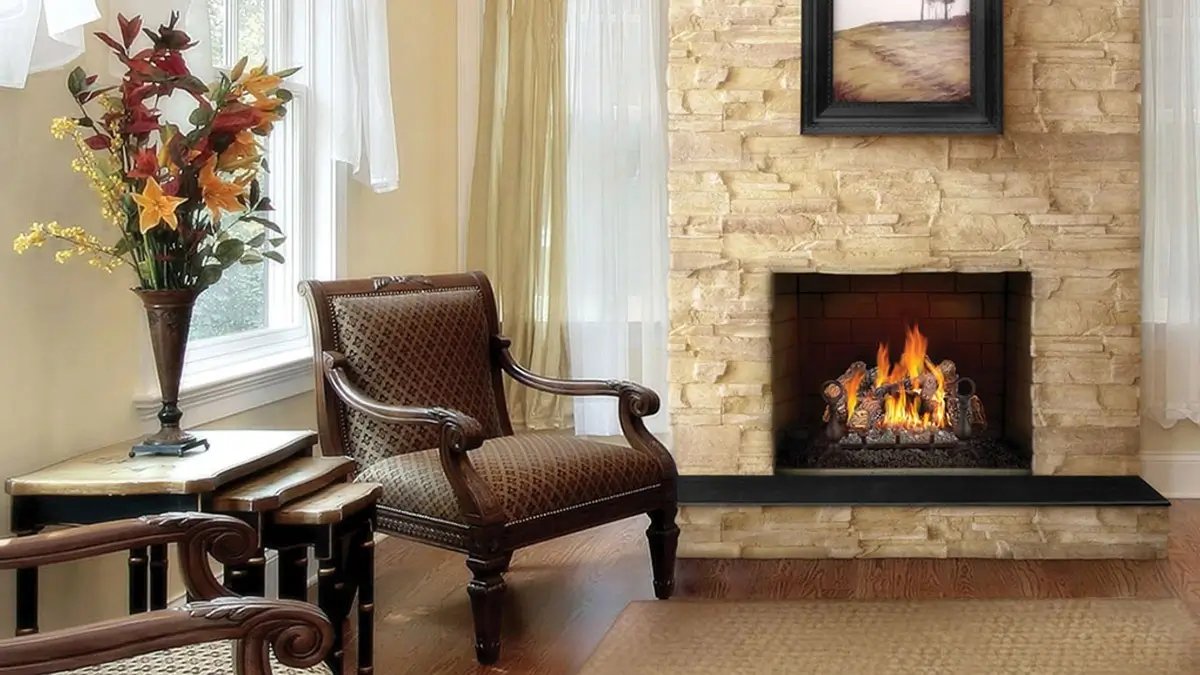
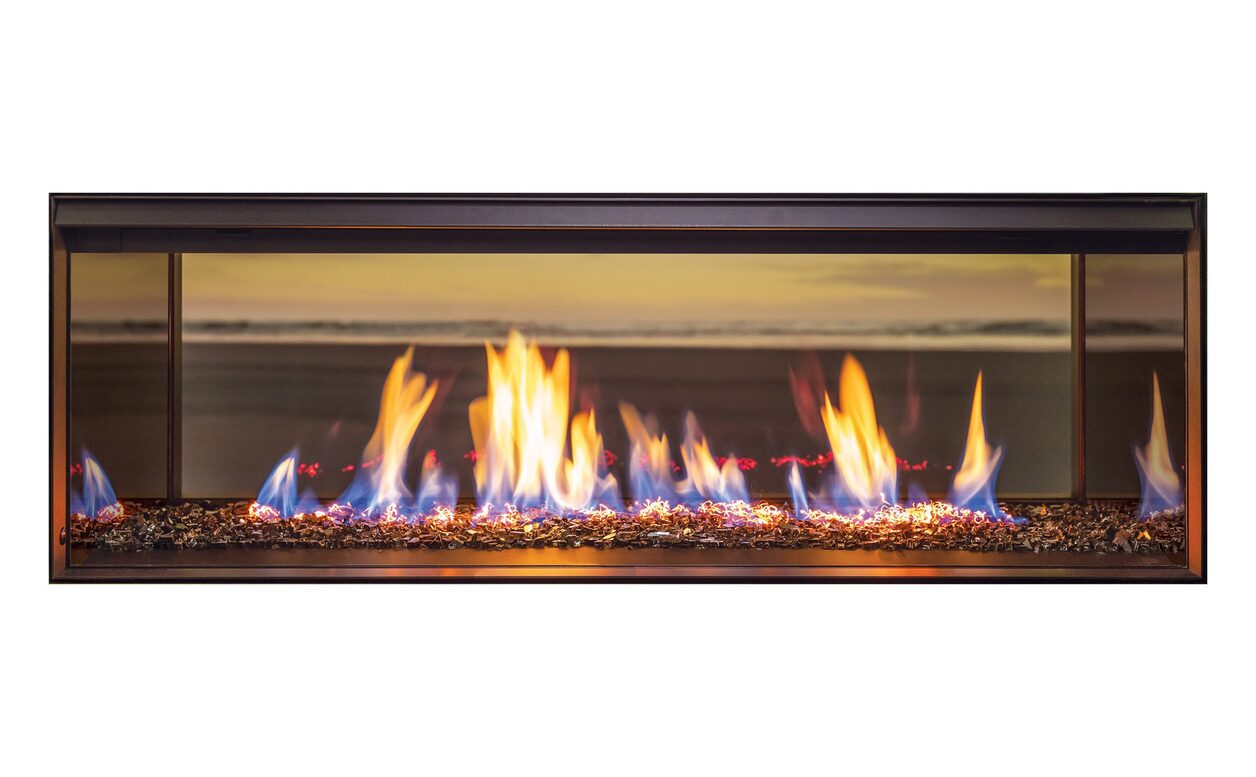
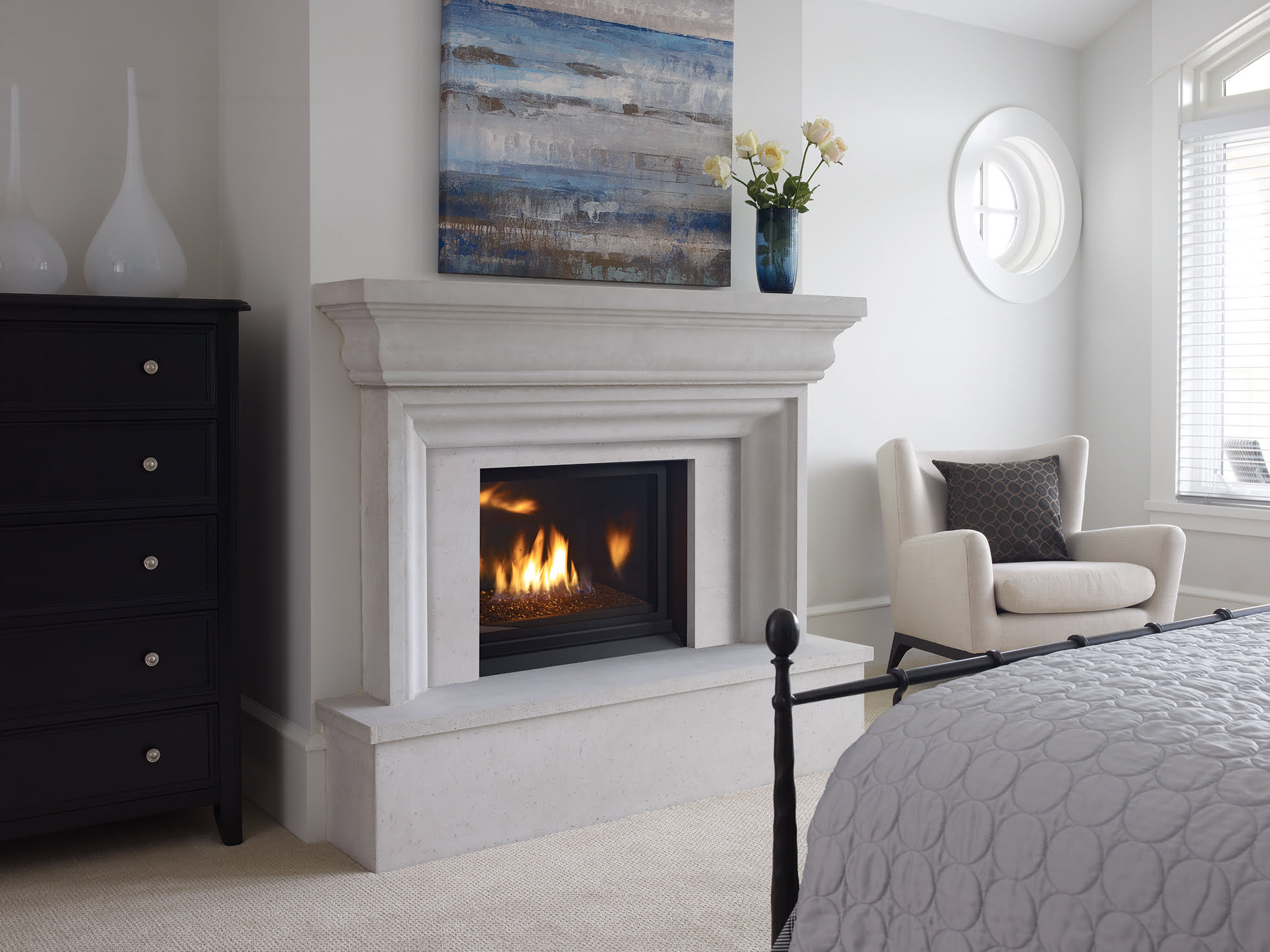
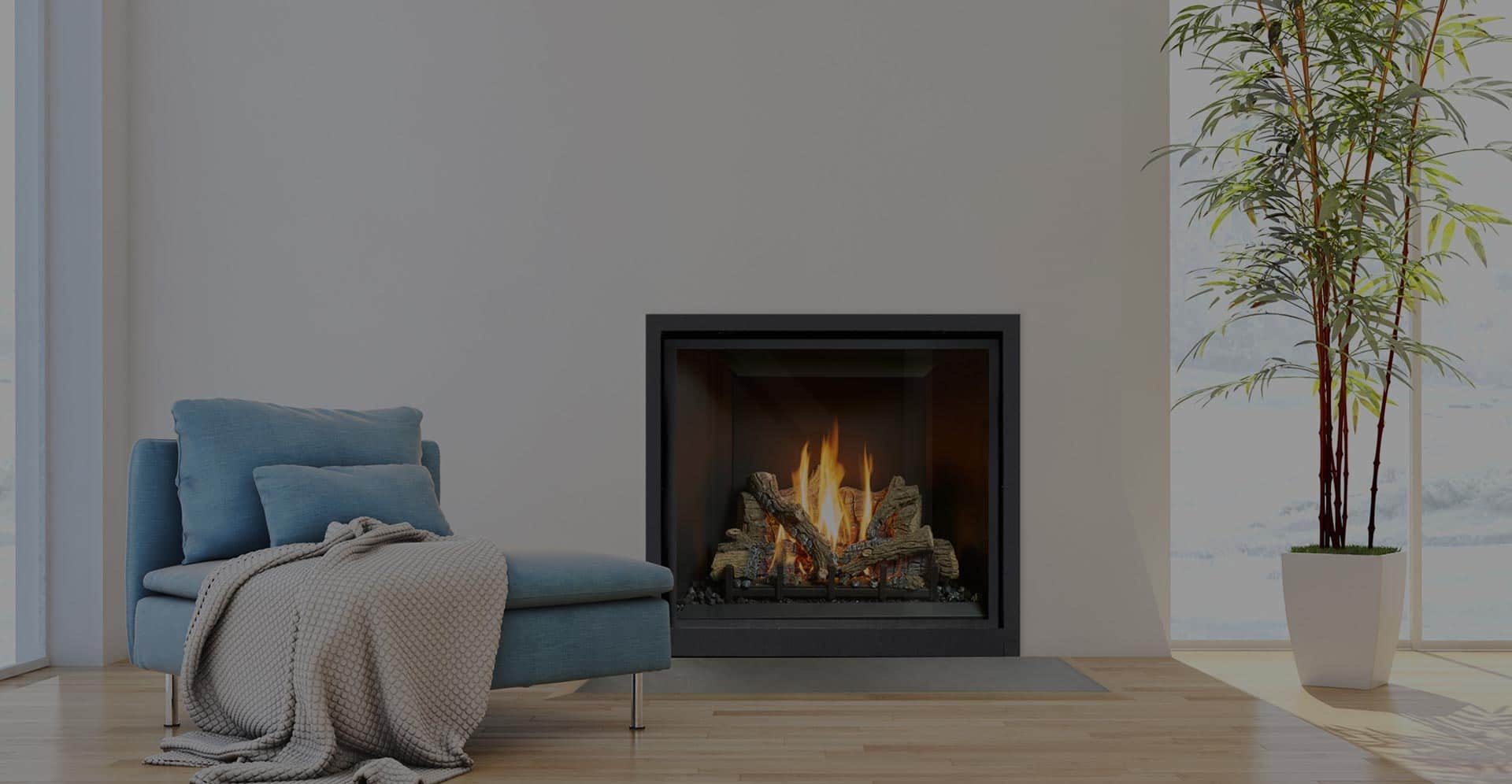
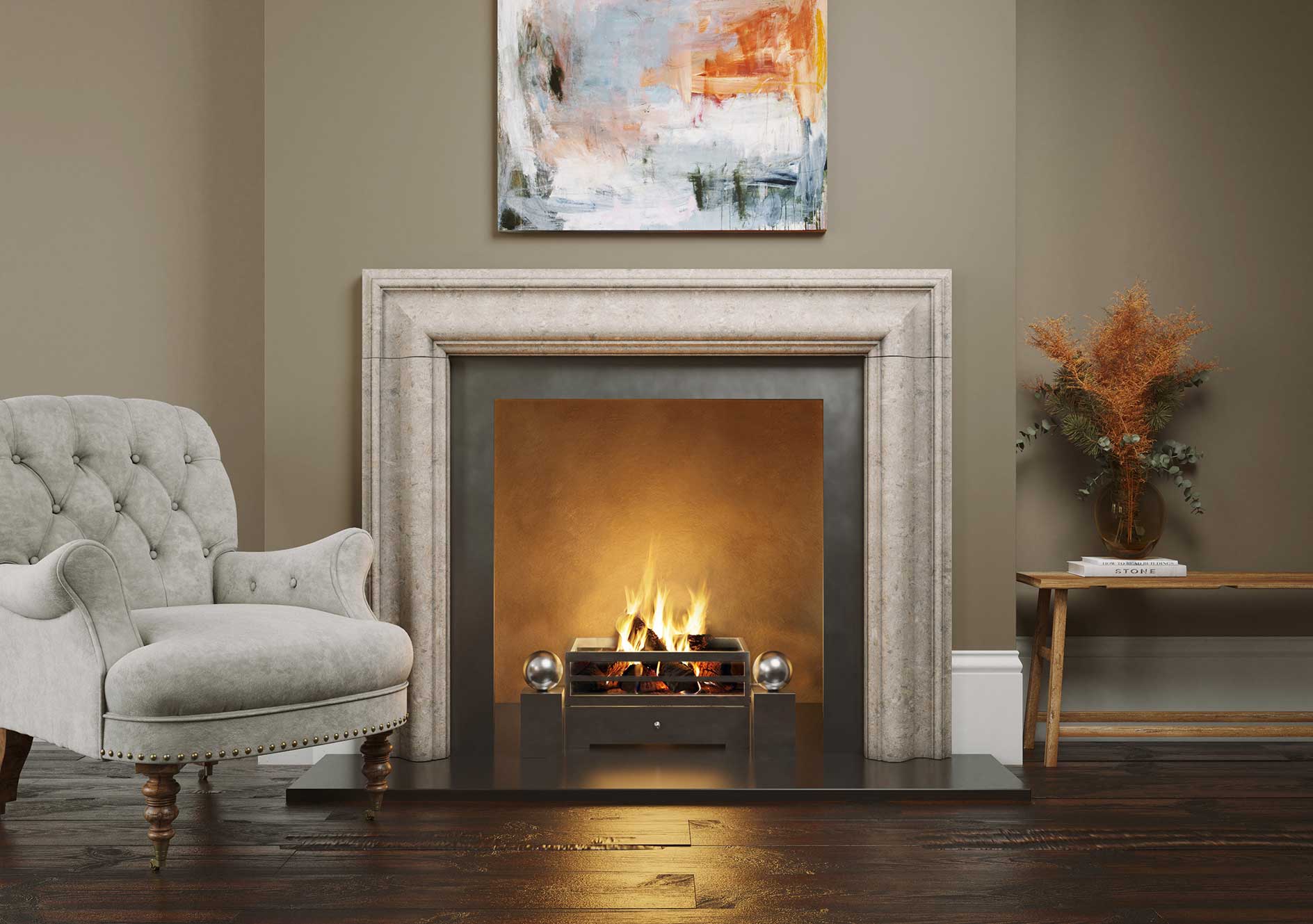
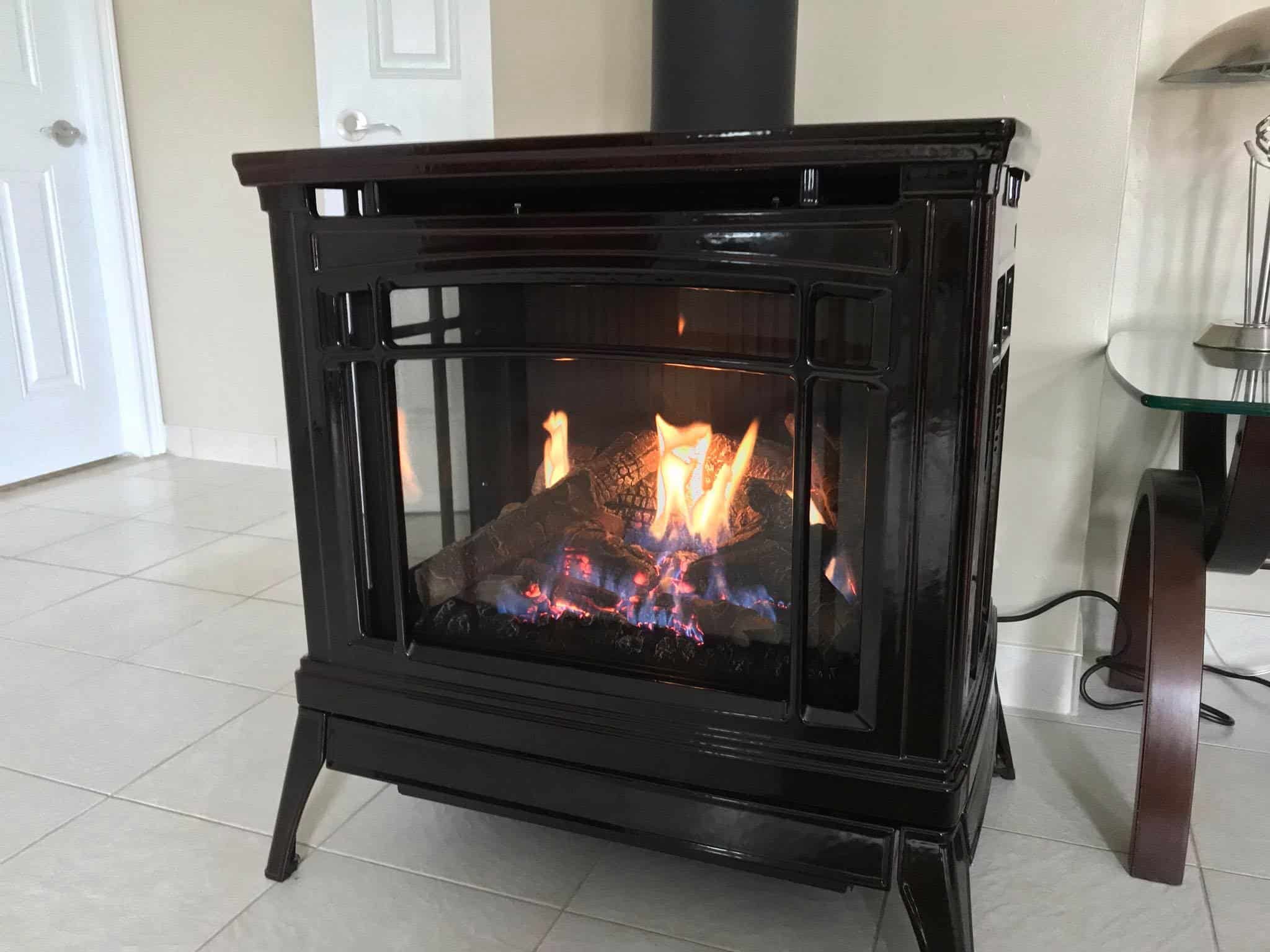
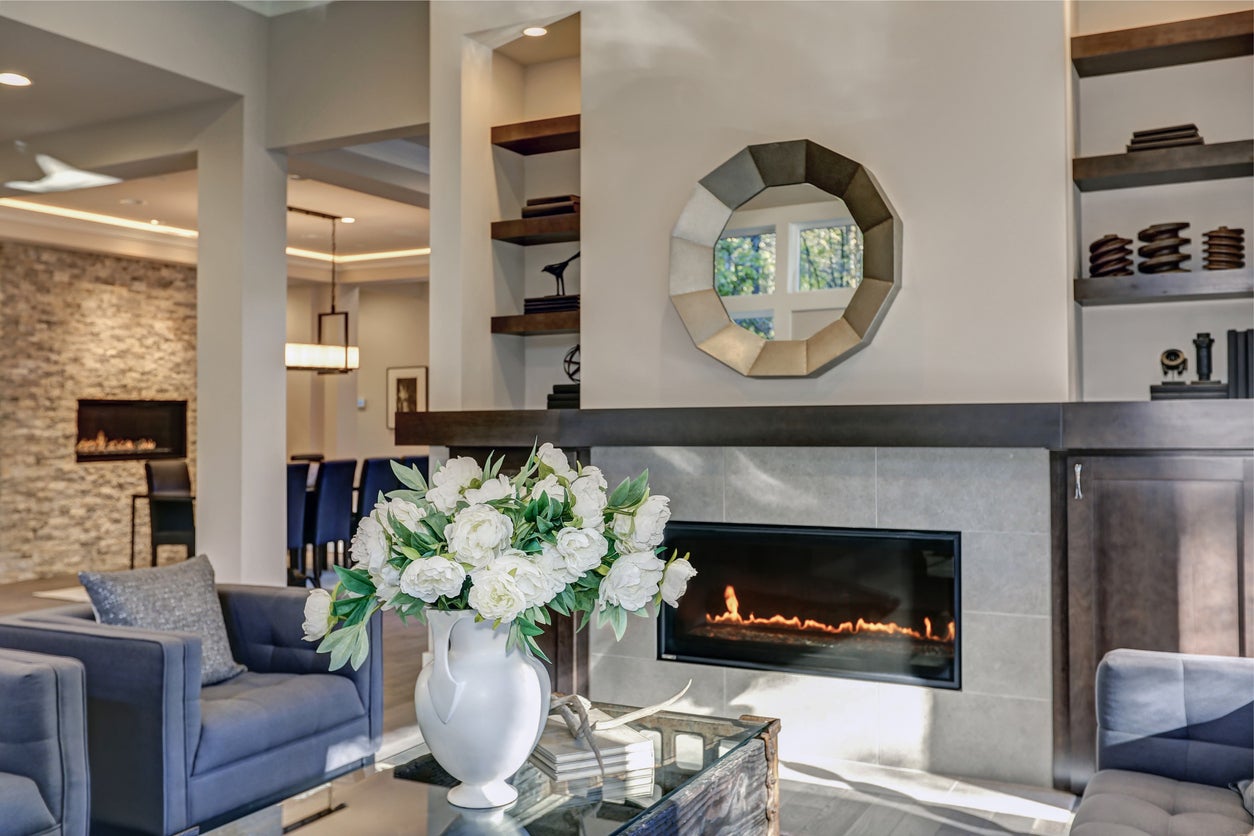
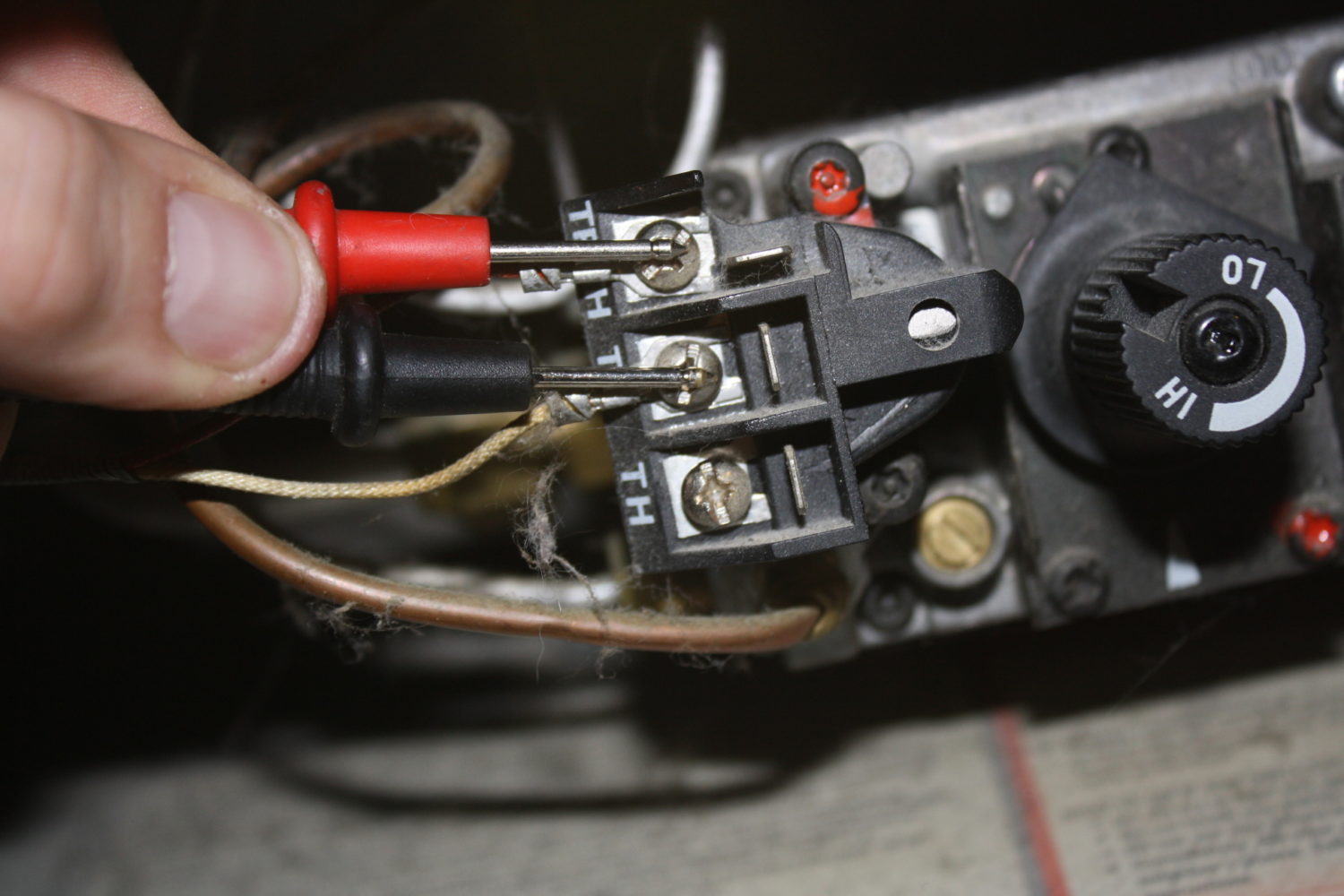
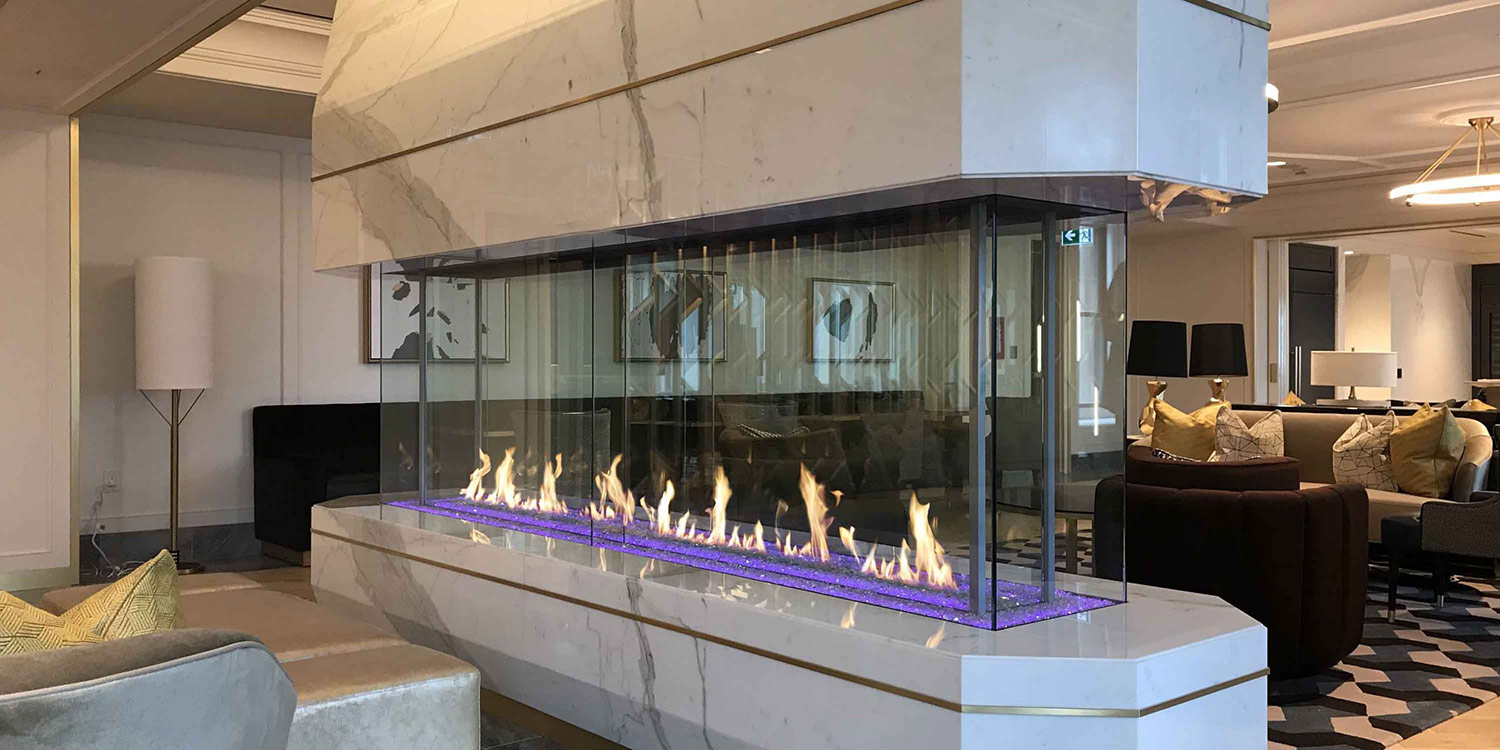
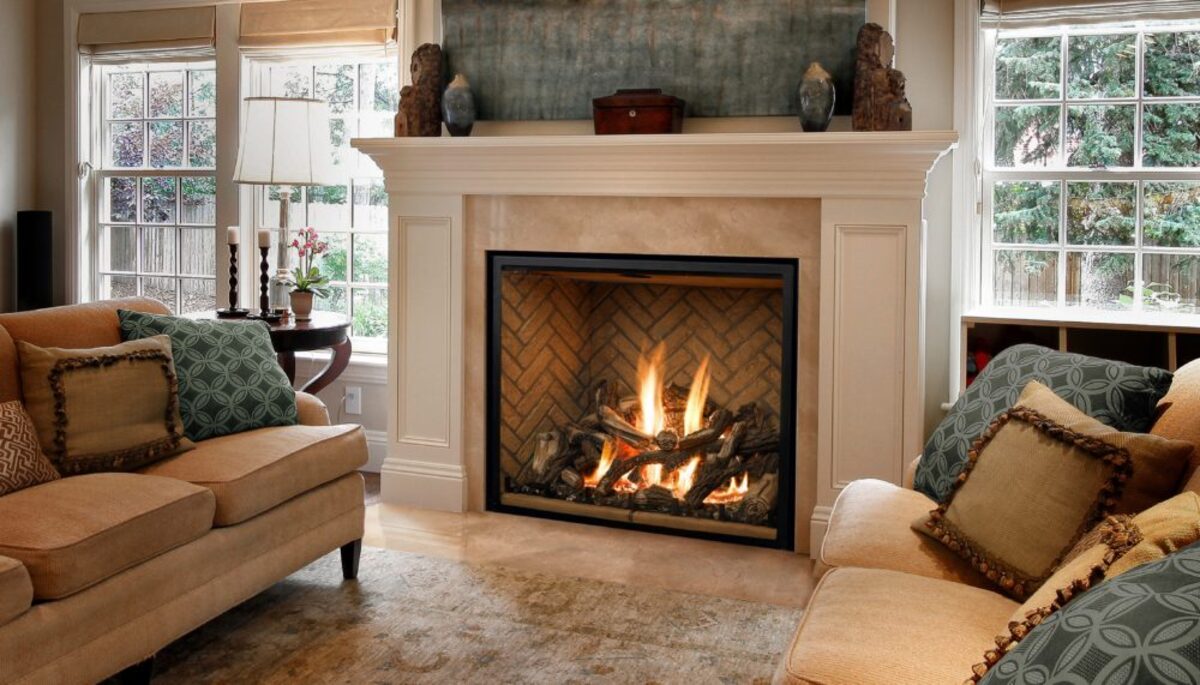
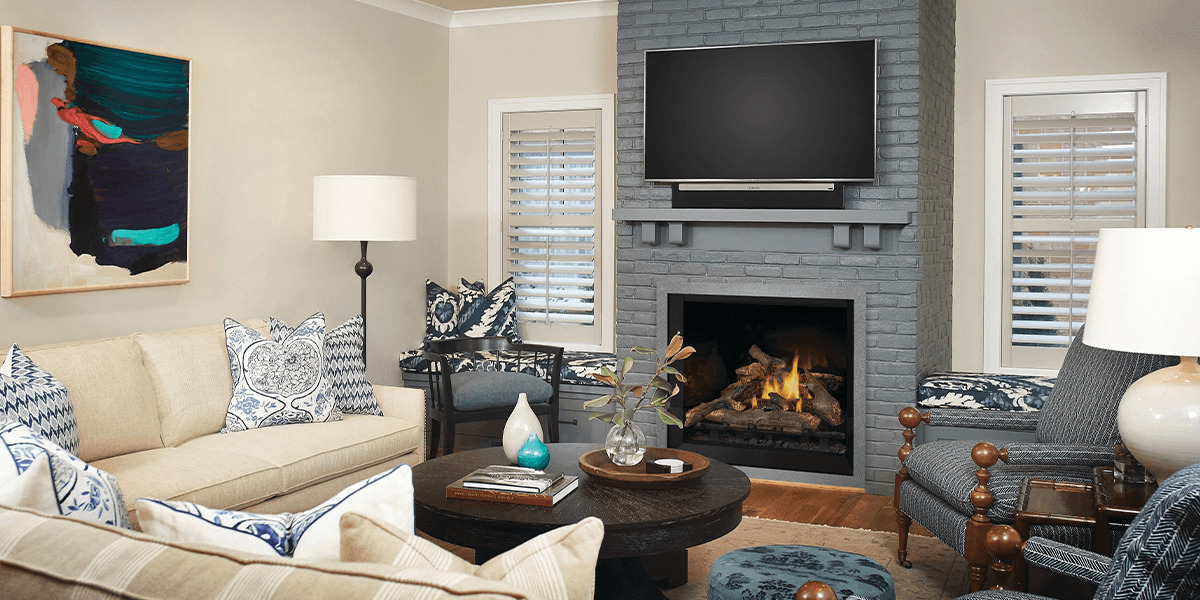
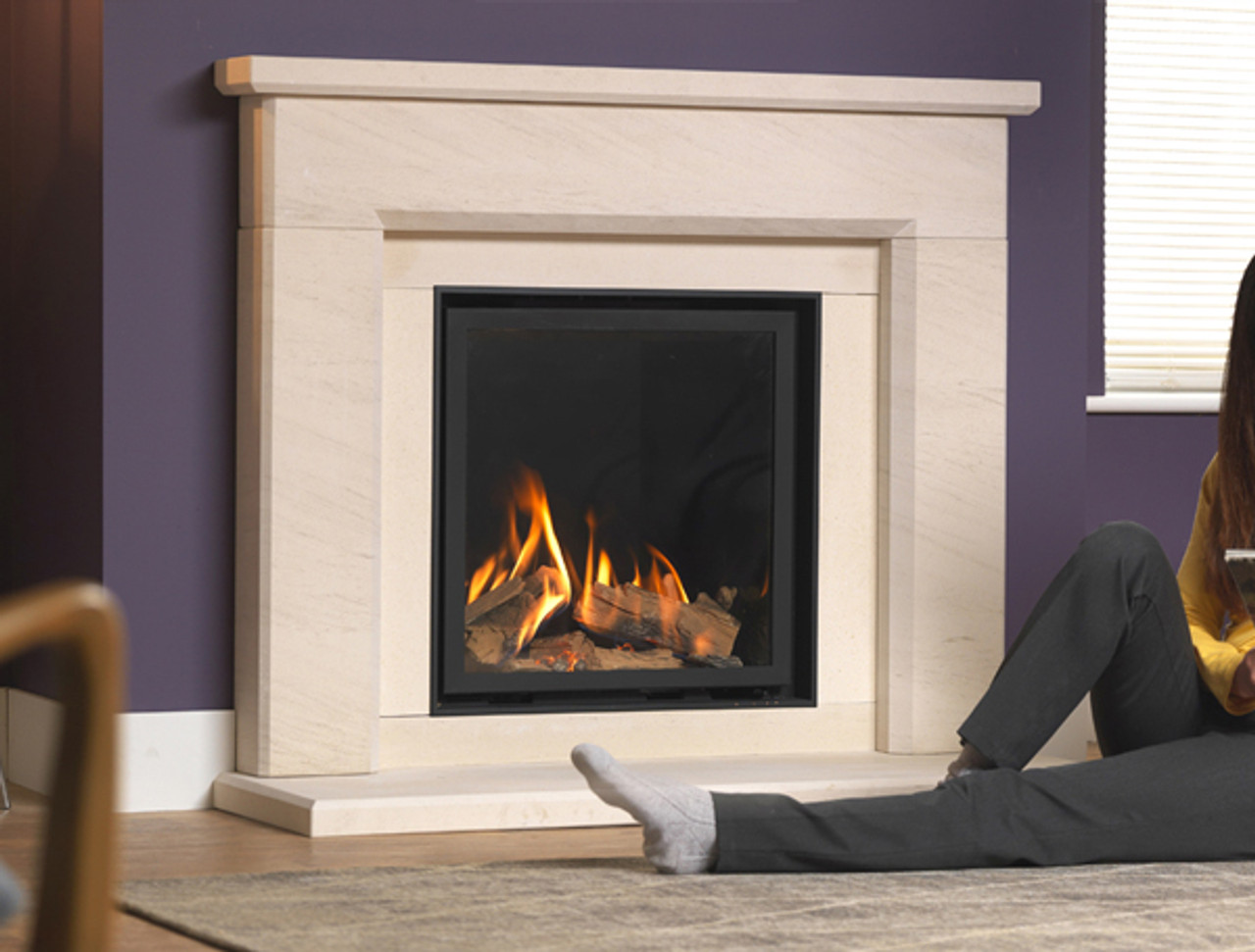
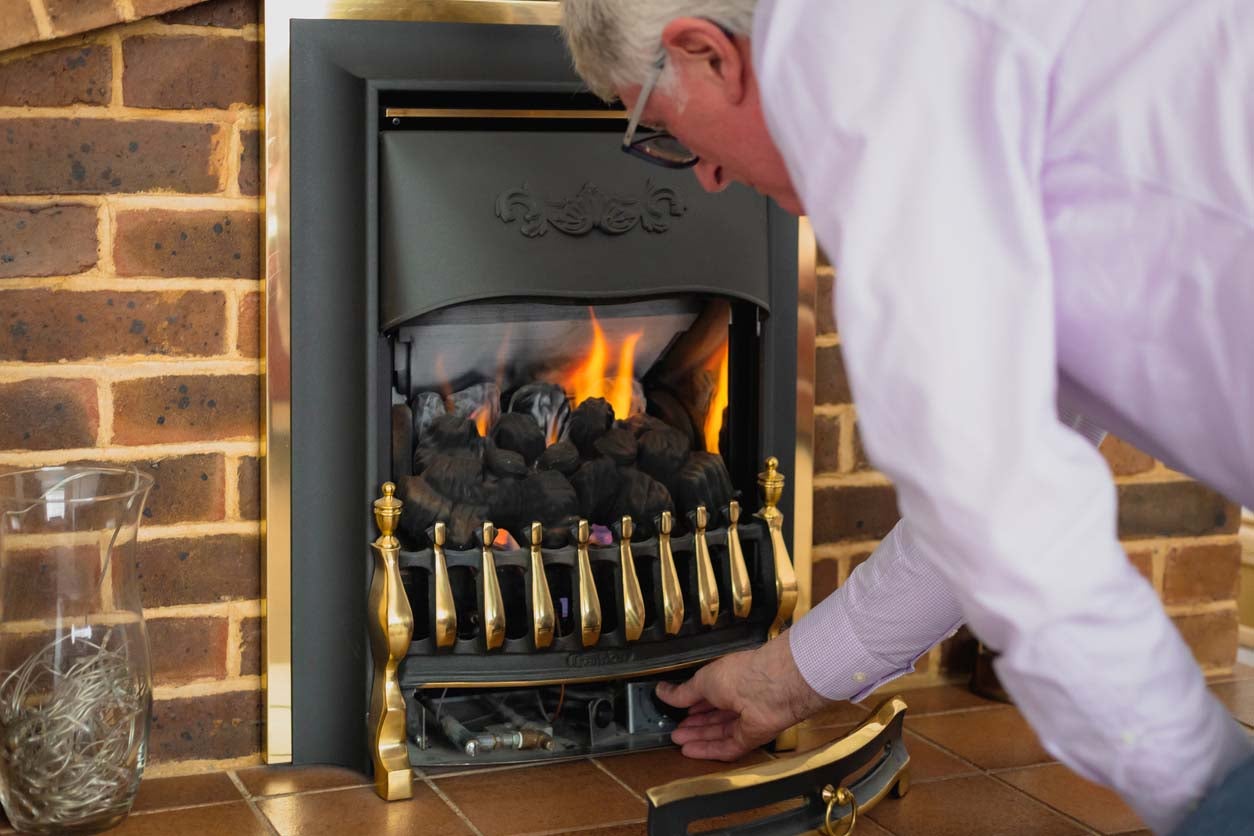
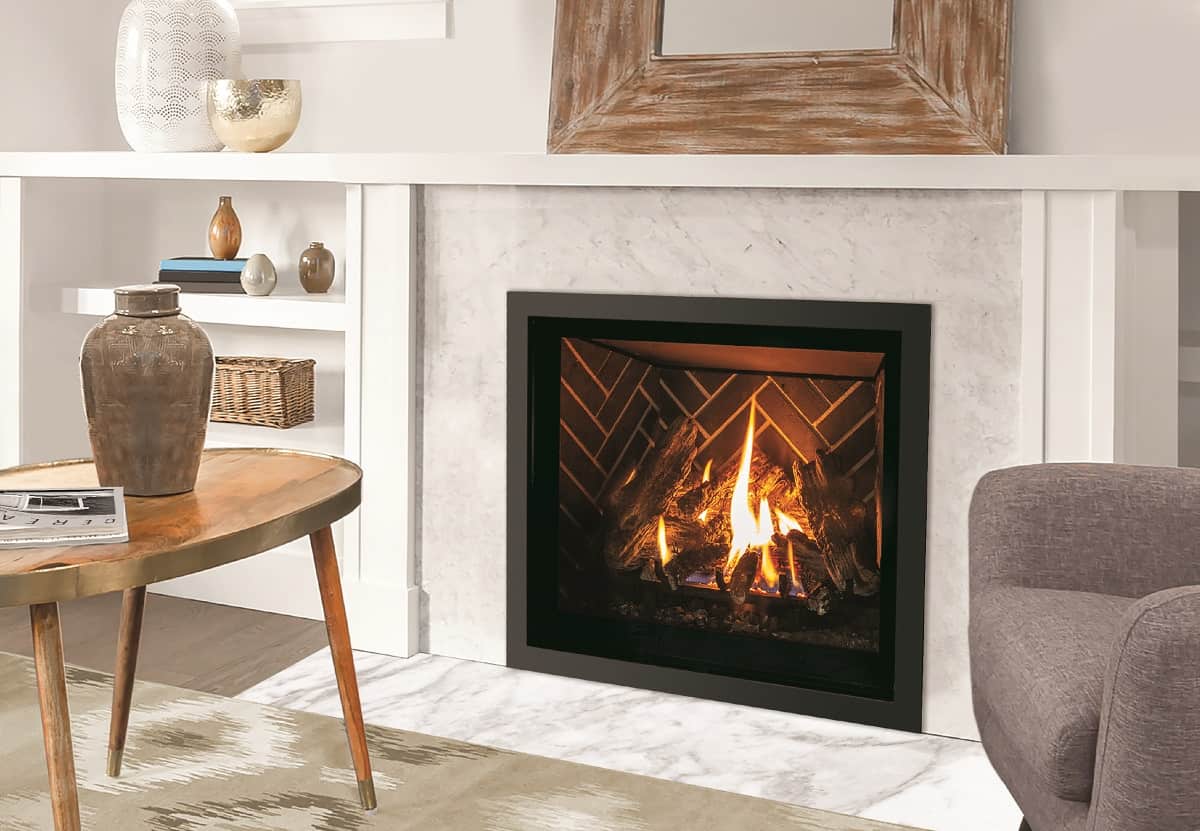

0 thoughts on “What Is A Thermopile In A Gas Fireplace”